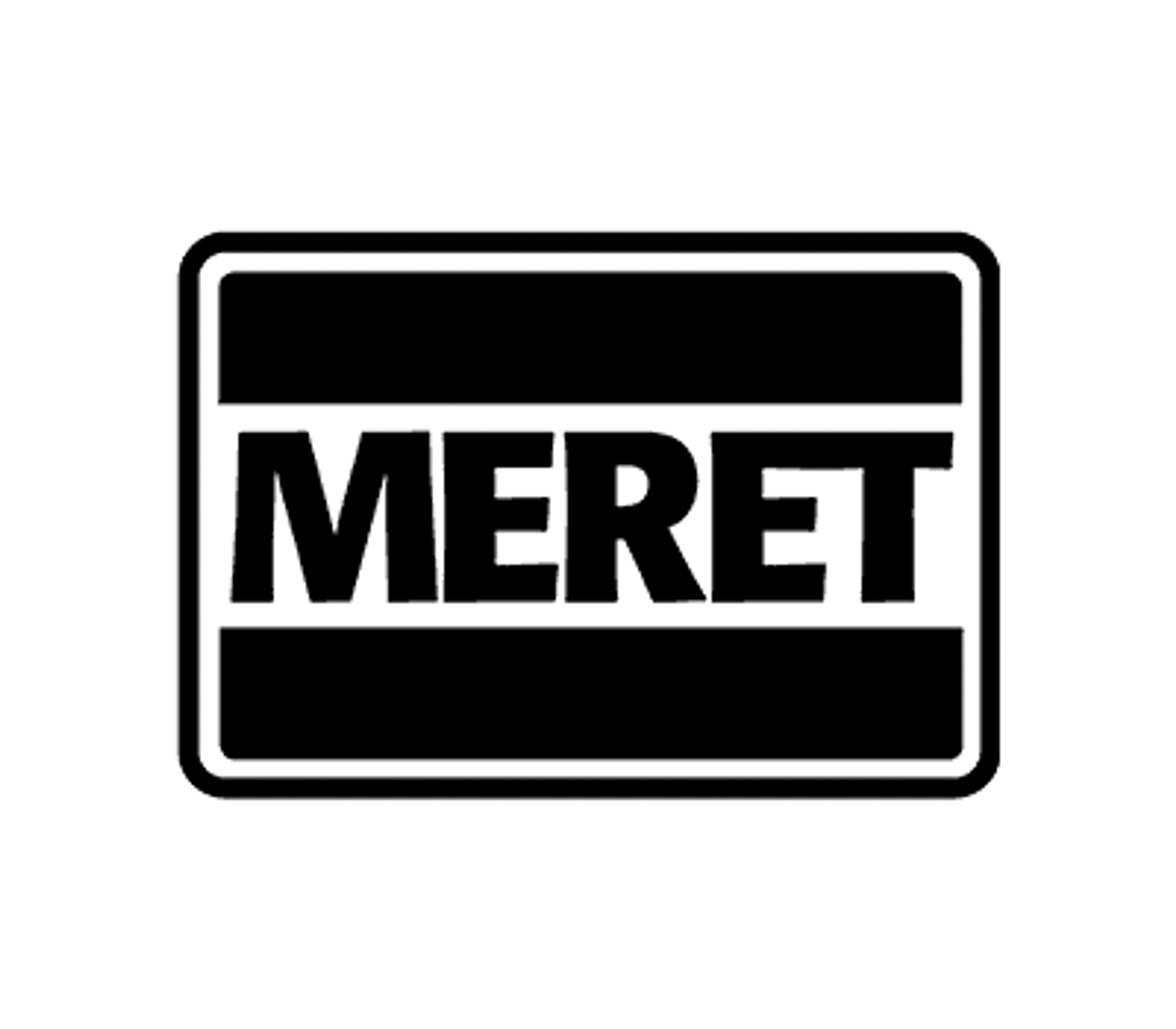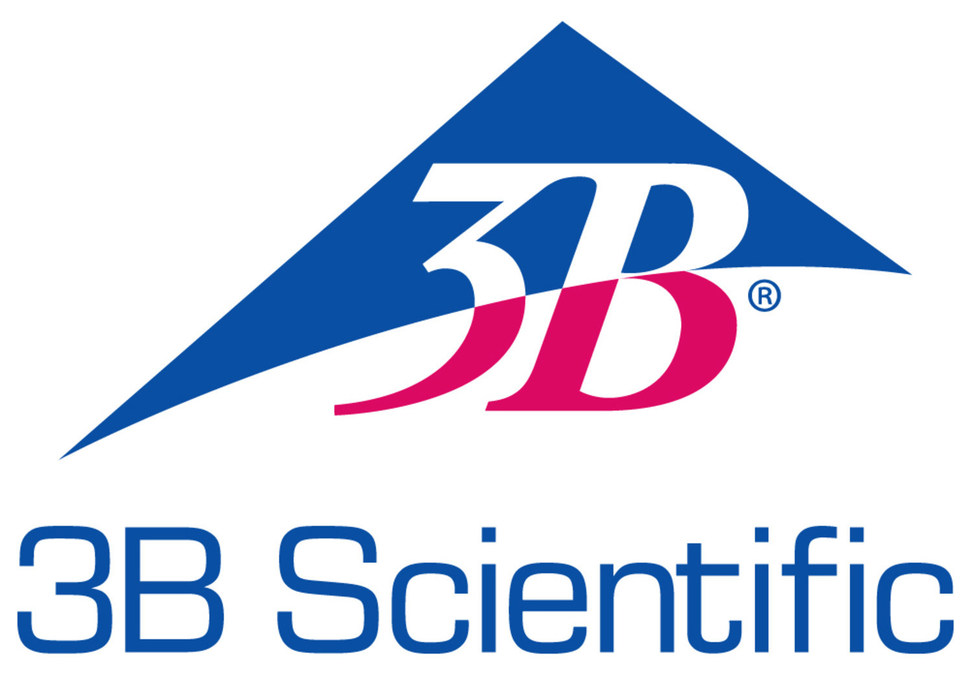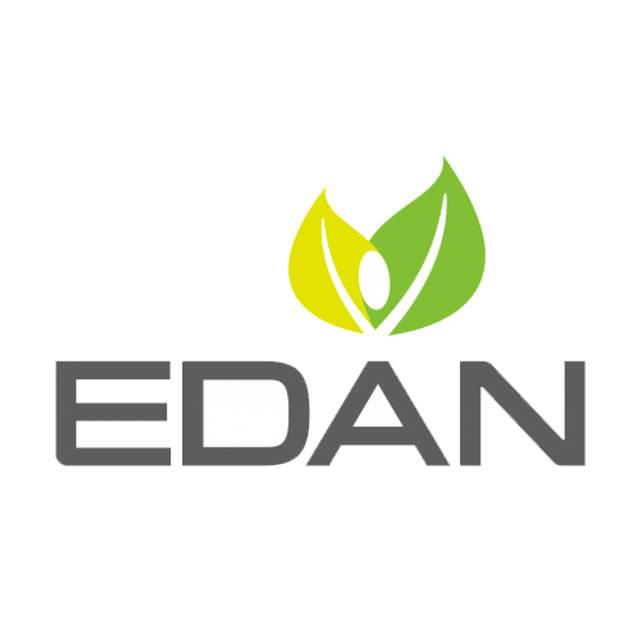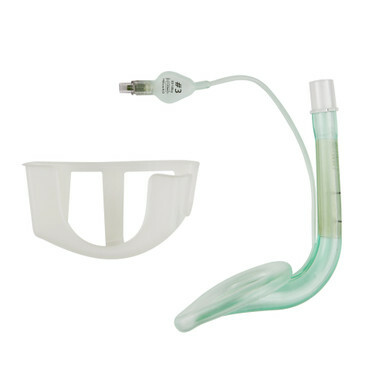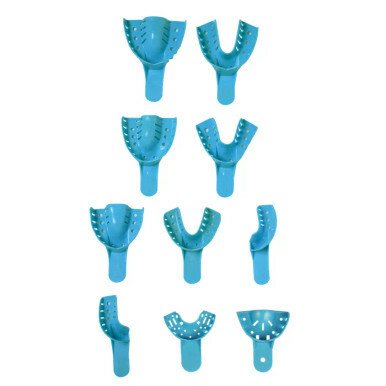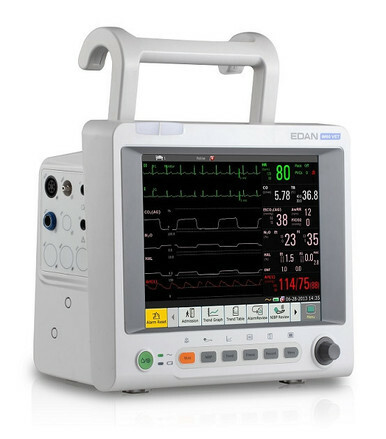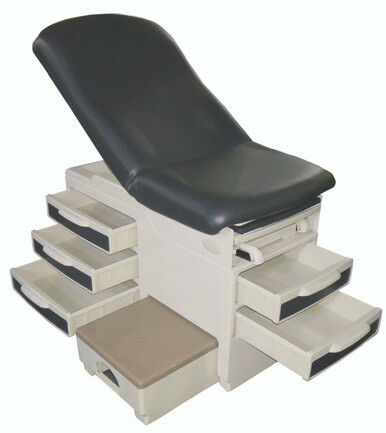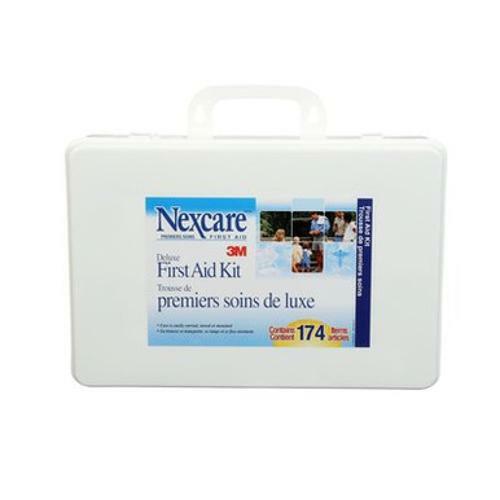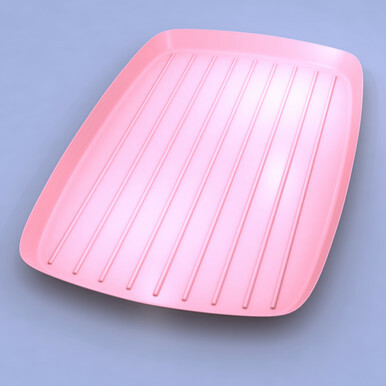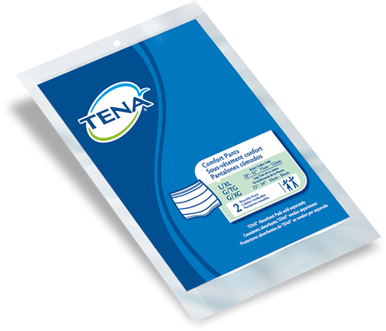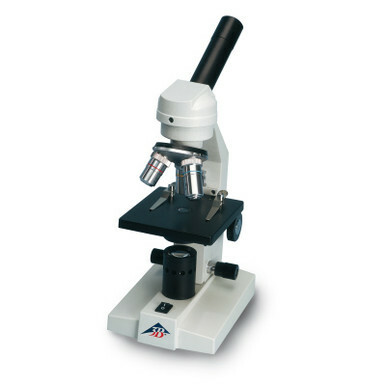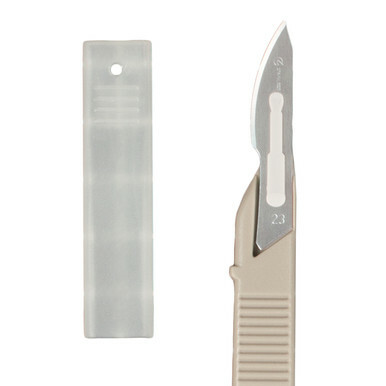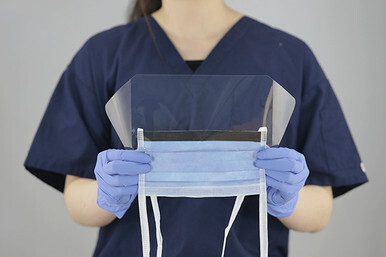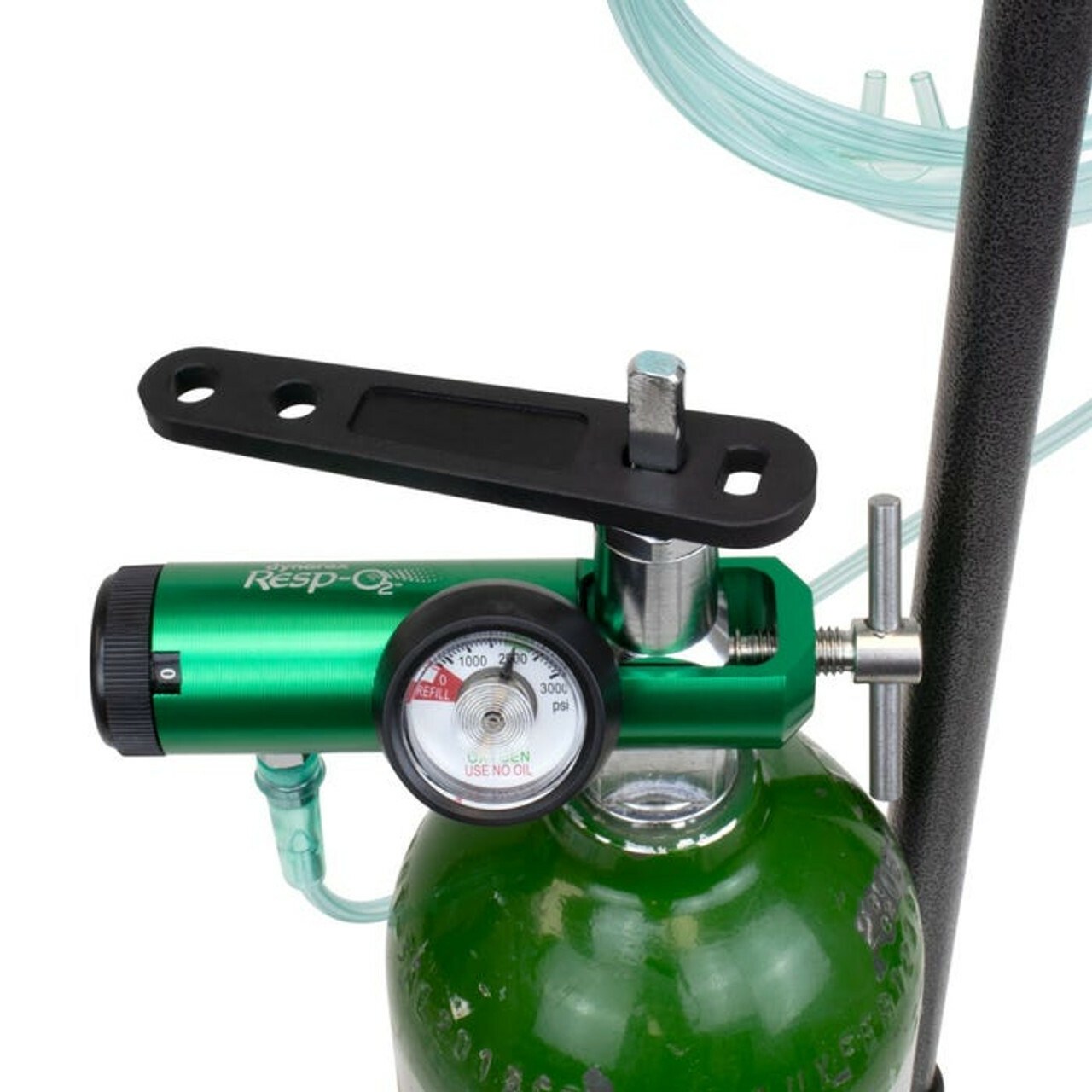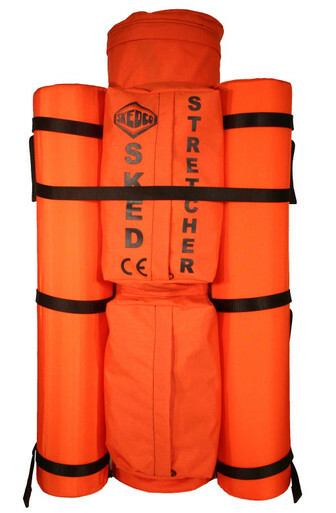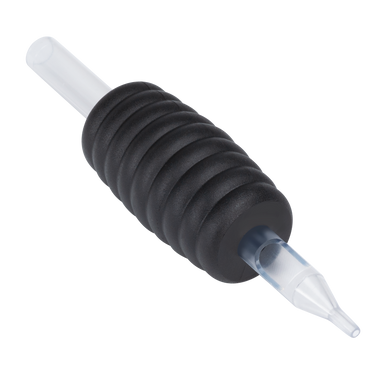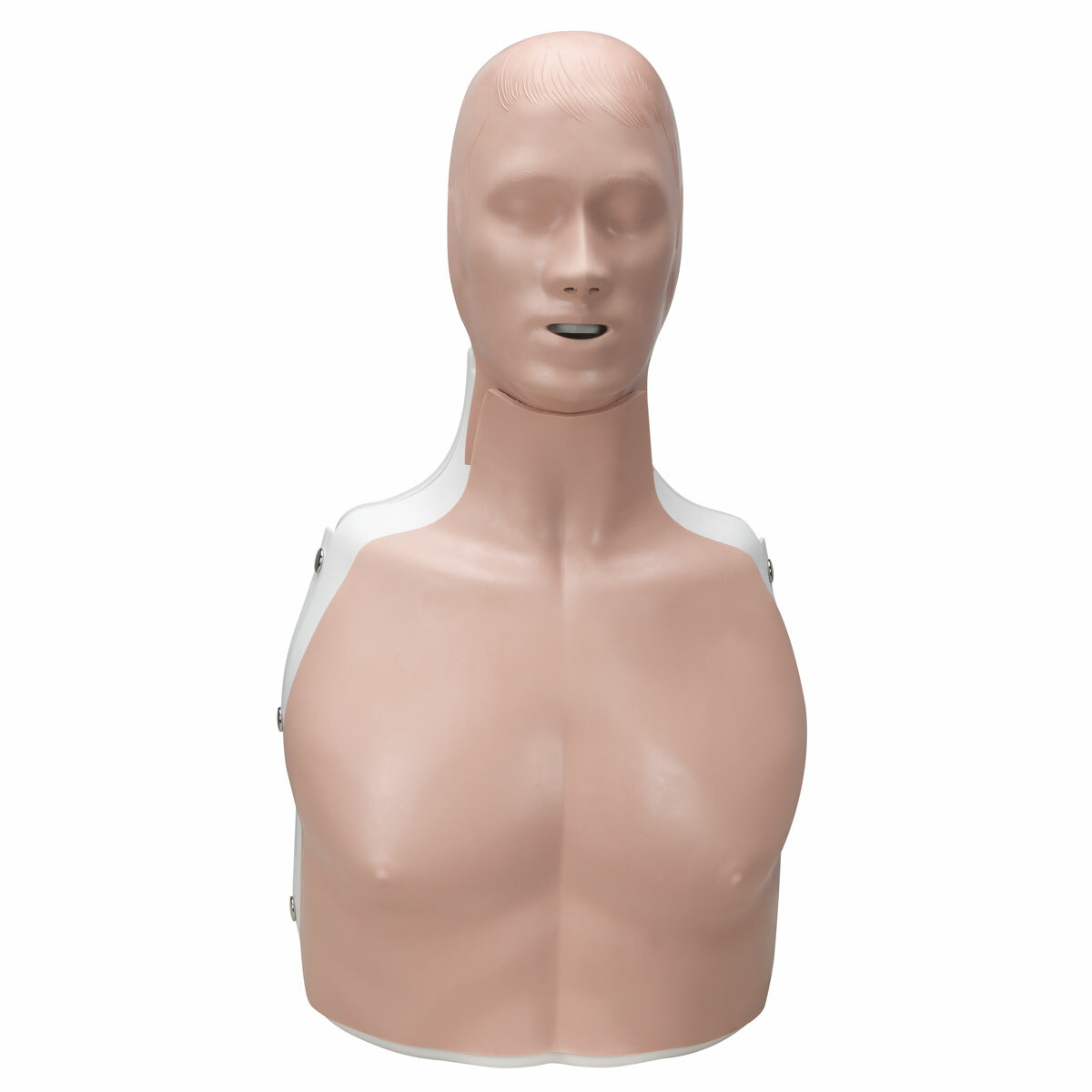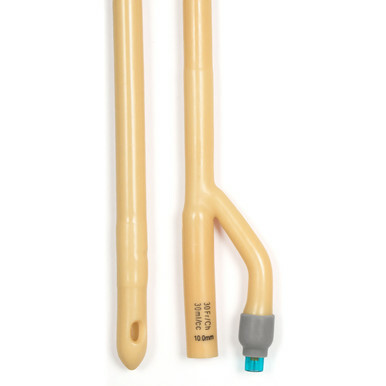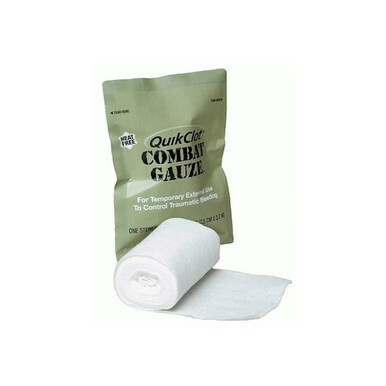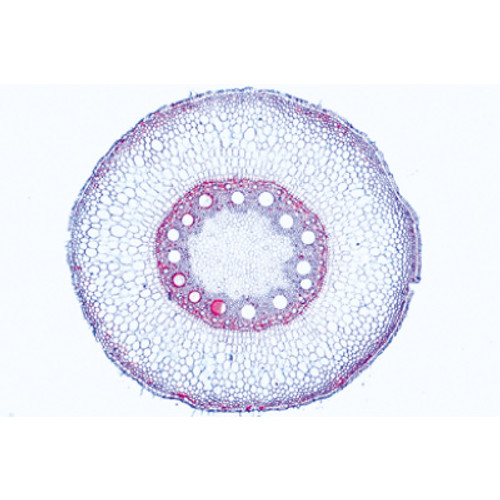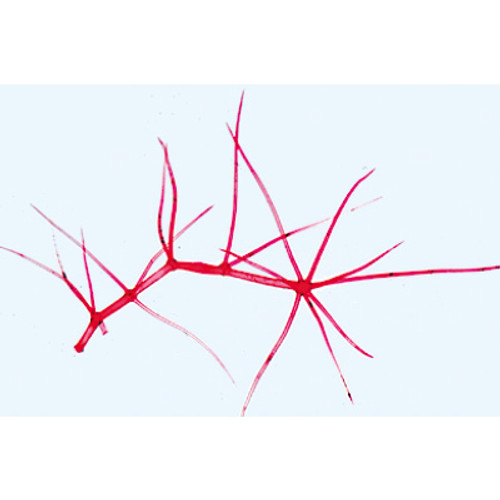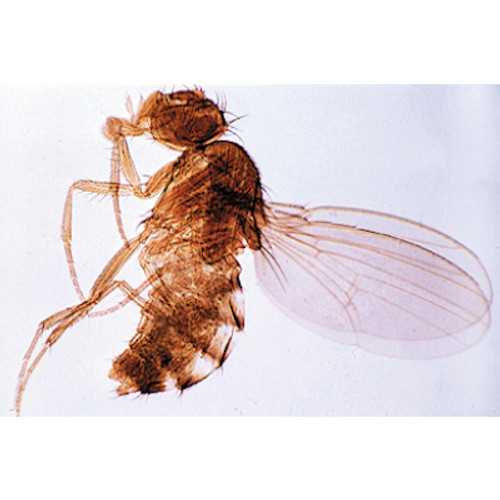Product details
1(c). Simple plant cells, epidermis of Allium w.m. 2(d). Cell division (mitosis) all stages, in Allium root tips l.s. 3(c). Starch grains, t.s. of potato tuber 4(c). Cork cells, t.s. of bark of Quercus 5(d). Stone cells, t.s. of fruit of pear 6(d). Root hairs on root tip 7(c). Zea mays, corn, typical monocot root t.s. 8(c). Ranunculus, buttercup, typical dicot root t.s. 9(c). Zea mays, corn, monocot stem t.s. 10(c). Triticum, wheat, gramineous stem t.s. 11(c). Aristolochia, birthwort, one year stem t.s. 12(c). Aristolochia, older stem t.s. 13(d). Cucurbita, pumpkin, stem with bundles and sieve tubes l.s. 14(c). Sambucus, elderberry, stem with lenticels t.s. 15(c). Tulipa, tulip, leaf epidermis with stomata w.m. 16(c). Zea mays, corn, leaf t.s., monocot gramineous leaf 17(c). Syringa, lilac, leaf t.s., dicot leaf 18(c). Fagus, beech, leaf bud t.s. shows leaf origin 19(d). Lilium, lily, flower bud t.s. shows flower diagram 20(d). Lilium, anthers t.s. shows pollen chambers and pollen grains 21(d). Lilium, ovary t.s. with embryosac 22(e). Lilium, stigma with pollen and pollen tubes l.s. 23(c). Pinus, pine, leaf (needle) t.s. 24(d). Triticum, wheat, grain (semen) t.s. with embryo and endosperm 25(d). Capsella, shepherd’s purse, l.s. of embryos in situ.
| Weight | 0.27 kg |
| Brand | LIEDER |
The Phanerogamae, Elementary Set – Slides offers a foundational collection of prepared specimens representing seed-bearing plants, including both gymnosperms and angiosperms. This set introduces students to the microscopic structure and organization of roots, stems, leaves, flowers, and seeds, illustrating the key features that distinguish higher plants from cryptogams.
Ideal for teaching botany, plant biology, and taxonomy, this set helps learners understand plant anatomy, vascular organization, and reproductive adaptations. Each slide is expertly prepared for clarity, color accuracy, and long-term durability, making it suitable for repeated use in classrooms, universities, and botanical laboratories.







